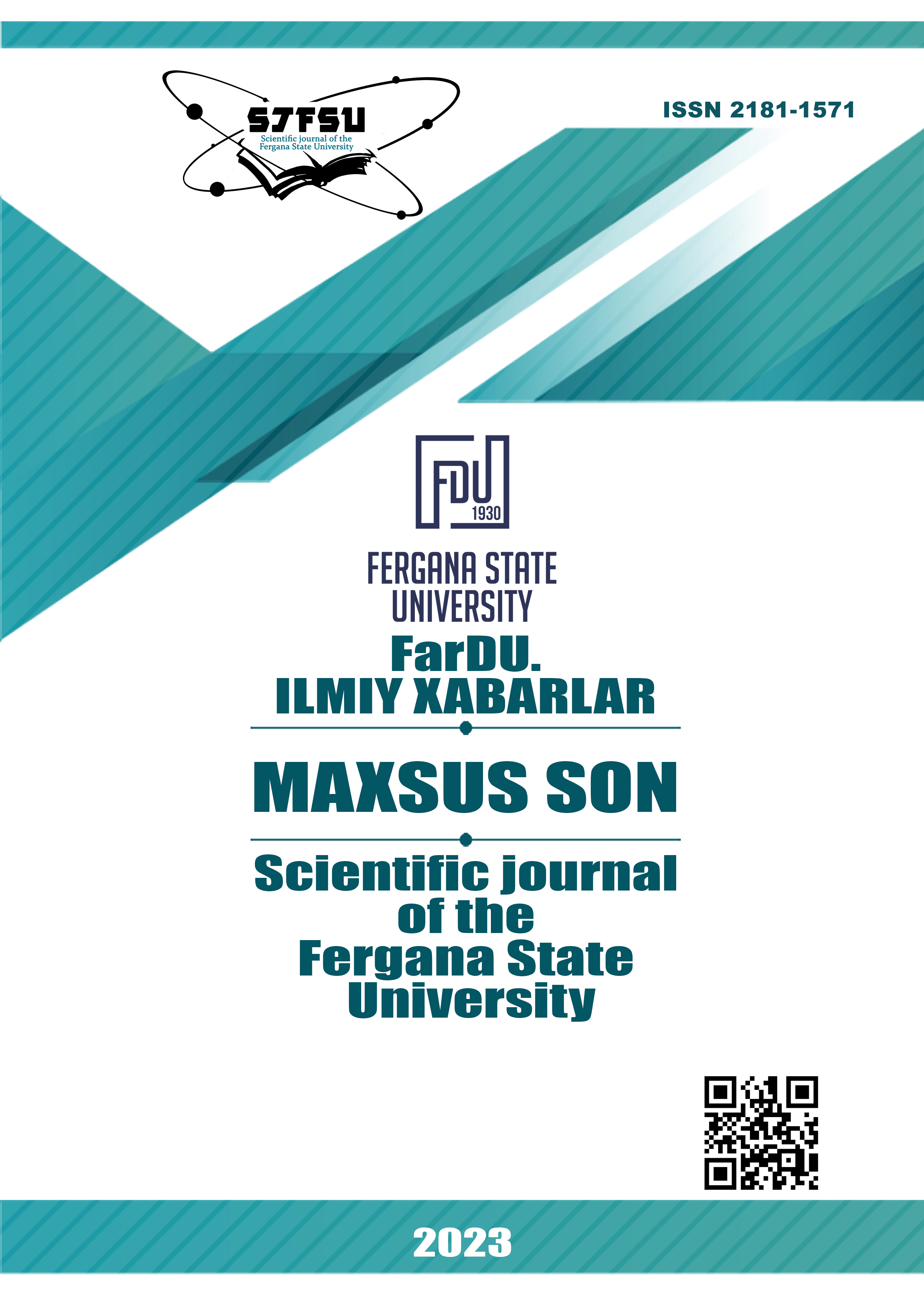LINGO-CULTURAL STUDY: LINGUOCULTURE AND LOGOEPISTEME
Keywords:
logoepistema, national-cultural history, national culture, system of ideas, linguistic culture, signs, systematic, linguistics, phenomenon, science, linguo-cultural studies.Abstract
Linguistics is focused on the cultural factor of a person present in language, on the other hand, on the linguistic factor in a person, and linguistics is a part of the science of a person, its center of interest is the phenomenon of culture. Linguistics emerged in the last quarter of the 20th century as a product of the anthropological paradigm in linguistics. Thus, the emergence of linguistic and cultural studies is a legitimate result of the development of philosophical and linguistic theories of the 20th-21st centuries. V.A. Maslova's textbook is the most popular work on this subject. It presents the methodological basis of the science of linguistic and cultural studies and describes the modern directions of linguistic and cultural research in Russia. The author expresses the opinion that "the field of linguistics emerged at the junction of linguistics and cultural studies" and emphasizes the interdisciplinary character of linguistics and cultural studies. According to his definition, "linguistics is a social science that embodies the national living language and studies the material and spiritual culture manifested in language processes, or "the results of studies of cultural studies and linguistics, ethnolinguistics and anthropology. "is an integrative field of knowledge that includes". In the process of studying the linguistic features of language and culture within the framework of the linguo-nationalistic approach, the concept of culturema was recommended. Therefore, language as a mirror of culture is considered as a means of expressing people's identity, mentality, national character, traditions, and values, and it brings out all national values through the concepts of linguokulturema and logoepistema, and both of these concepts-terms are in their respective scientific paradigms. is applied.
References
Vorobev V.V. Lingvokulturologiya: Teoriya i metodi. – M.: 1997. – s. 35-45.
( Vorobev V.V. Linguistic culture: theory and method. – M.: 1997. – p.35-45.)
Gak V.G. Yazikovie preobrazovaniya. – M.: 1998. – s. 49. (Gak V.G. Language conversions. – M.: 1998. – p. 49.)
Gumboldt V.fon. Yazik i filosofiya kulturi. – M.: 1985. – s. 370. (Gumboldt V.fon. Language and philosophy of culture. – M.: 1985. – p. 370.)
Maslova V.A. Vvedeniye v lingvokulturologiyu. – M.: Naslediye, 1997. – s. 39. ( Maslova V.A. Introduction to cultural linguistics. – M.: Naslediye, 1997. – p. 39.)
Maslova V.A. Lingvokulturologiya. – M.: 2001. – s. 76. (Maslova V.A. Cultural linguistics. – M.: 2001. – p. 76.)
Sheygal Ye.I., Buryakovskaya V.A. Lingvokulturologiya: Yazikovaya reprezentatsiya etnosa. – Volgograd: 2002. – s.9. (Sheygal Ye.I., Buryakovskaya V.A. Cultural linguistics. – Volgograd: 2002. – p.9.)
Downloads
Published
Issue
Section
License
Copyright (c) 2024 Scientific journal of the Fergana State University

This work is licensed under a Creative Commons Attribution-NonCommercial-NoDerivatives 4.0 International License.

